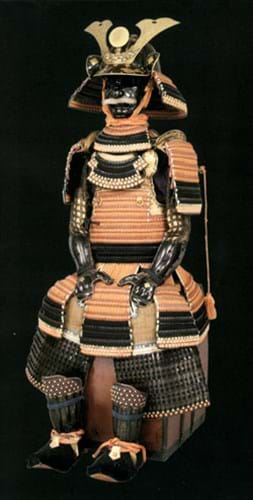
A fair with minimal exhibitor turnover is all part of the mystique - there were only half a dozen fully paid-up newcomers this year - but outside the club it breeds frustration.
This year, in an effort to 'blood' some of the less-established members of the international art and antiques trade in the TEFAF experience, we saw the launch of Showcase. Seven 'young' dealers in seven disciplines - and from six countries - were offered a one-off presence at the fair for the budget rate of 5000 euros.
As reported in ATG last year, Showcase - the personal initiative of TEFAF chairman Ben Janssens - had itself seen more than 80 applicants. The lucky seven were: Serge Plantureux with vintage photography from Paris; Otto Jakob with contemporary jewellery from Karlsruhe, Germany; Didier Claes, Brussels dealer in African tribal art; the Jiri Svestka Gallery with classical Modernism and contemporary art from Prague; London-based works-on-paper specialist Emanuel Von Baeyer; Robert Winter, the British dealer in Japanese works of art based in Kyoto; and Dutch works of art dealer Bernard Descheemaeker.
These are not new boys in the sense of trade newcomers just learning the ropes. The rules for application dictated that the dealers should have already cultivated an international reputation and been in business for at least three, but not more than ten, years.
Age did not come into it, but it is fair to say that most were at the younger end of the art dealer demographic.
It's easy to be sceptical about 'PR stunts' such as this. A number of commentators were a little snooty about the diminutive size of the pod-like stands and their positioning close to the self-service café, but these weren't concerns expressed on or off the record by the dealers themselves. For them it was all about the exposure and the clients.
"Typically at a fair you meet perhaps five to ten new people. Here my address book is full," said Jiri Svestka, whose recent roster of fairs includes events in Chicago, New York, Brussels, Moscow and Basel. In the opening moments of the fair he sold a Veronika Holcova to a British collector; by the close of play he had restocked three times.
Robert Winter would typically have been in New York for the Asian Art Fair in mid March, but his decision to miss the Big Apple this year certainly paid off. As the only pure Japanese dealer at the fair, he certainly added something to TEFAF and near close of play had sold 16 pieces, all to new customers, including the two suits of armour that made such a statement on his stand.
Didier Claes sold six of the nine pieces they had chosen for the show, while Emanuel Von Baeyer made many sales, including those to three customers making their first ever purchases at the fair. These less intimidating stands were places of comfort for first-time buyers at Maastricht.
Bernard Descheemaeker, who like Von Baeyer and Winter had first read about the initiative in ATG, is a more familiar Maastricht face. For 12 years the assistant of Jan Dirven, one of the founding fathers of the fair, he has been on his own for eight years and on that famous waiting list for four years. Two recommendations from works of art specialists within the fair had doubtless helped his cause: he renewed contacts with old clients and had sold 12 objects, including four major pieces priced in the region of €70,000 each.
All are hoping that this exposure might help them in their quest to become full-time exhibitors. "I now know exactly why everyone wants to come to Maastricht. Even if you didn't sell anything you would want to come back," said Von Baeyer.
By Roland Arkell




